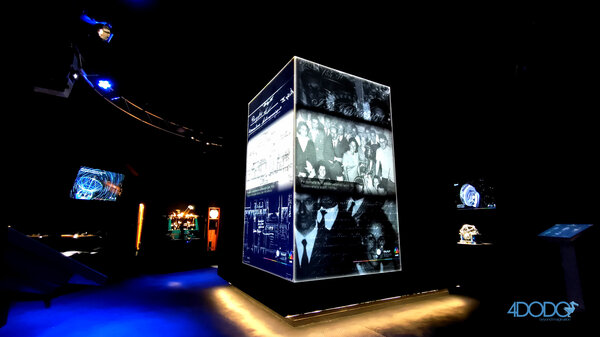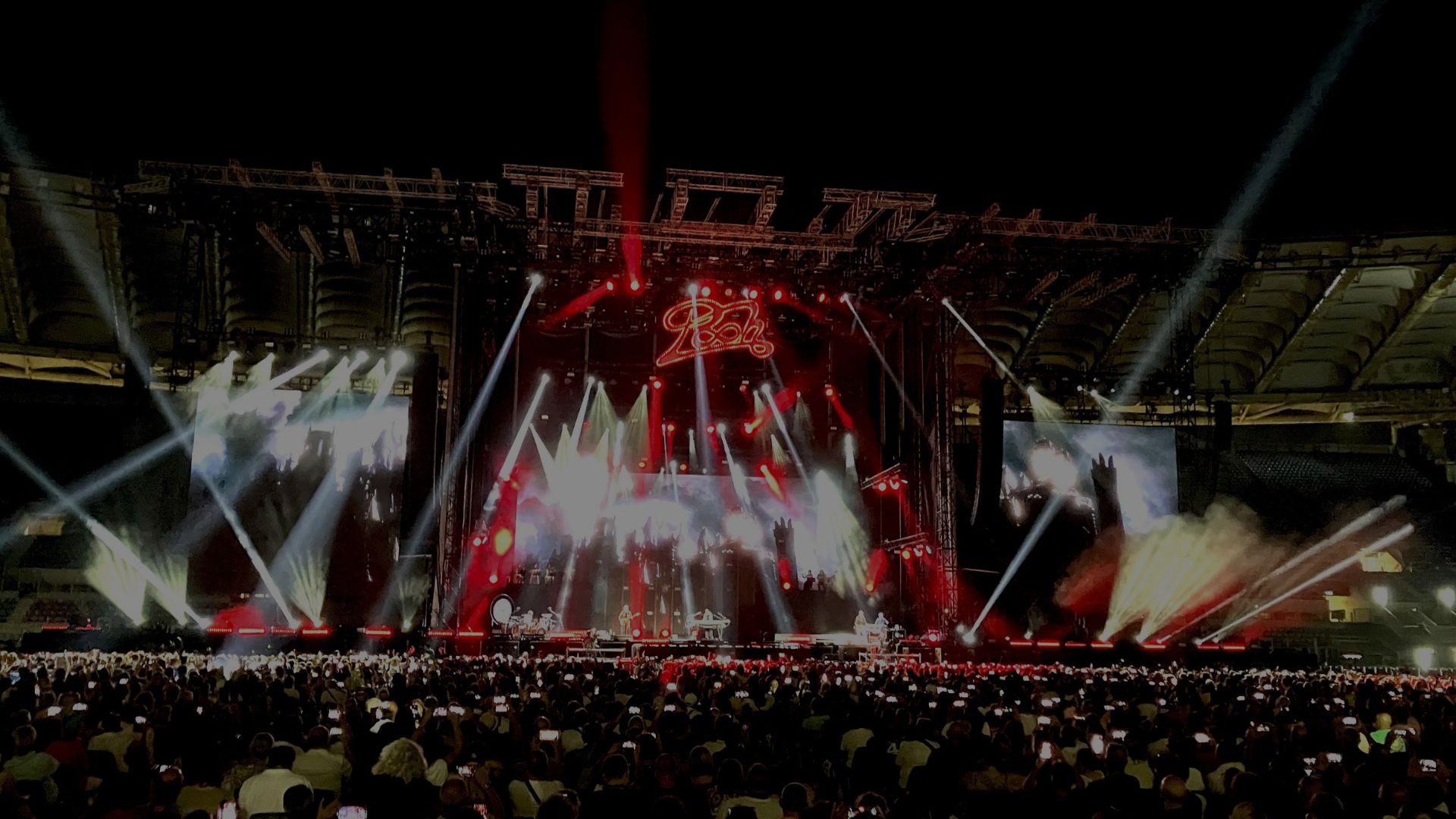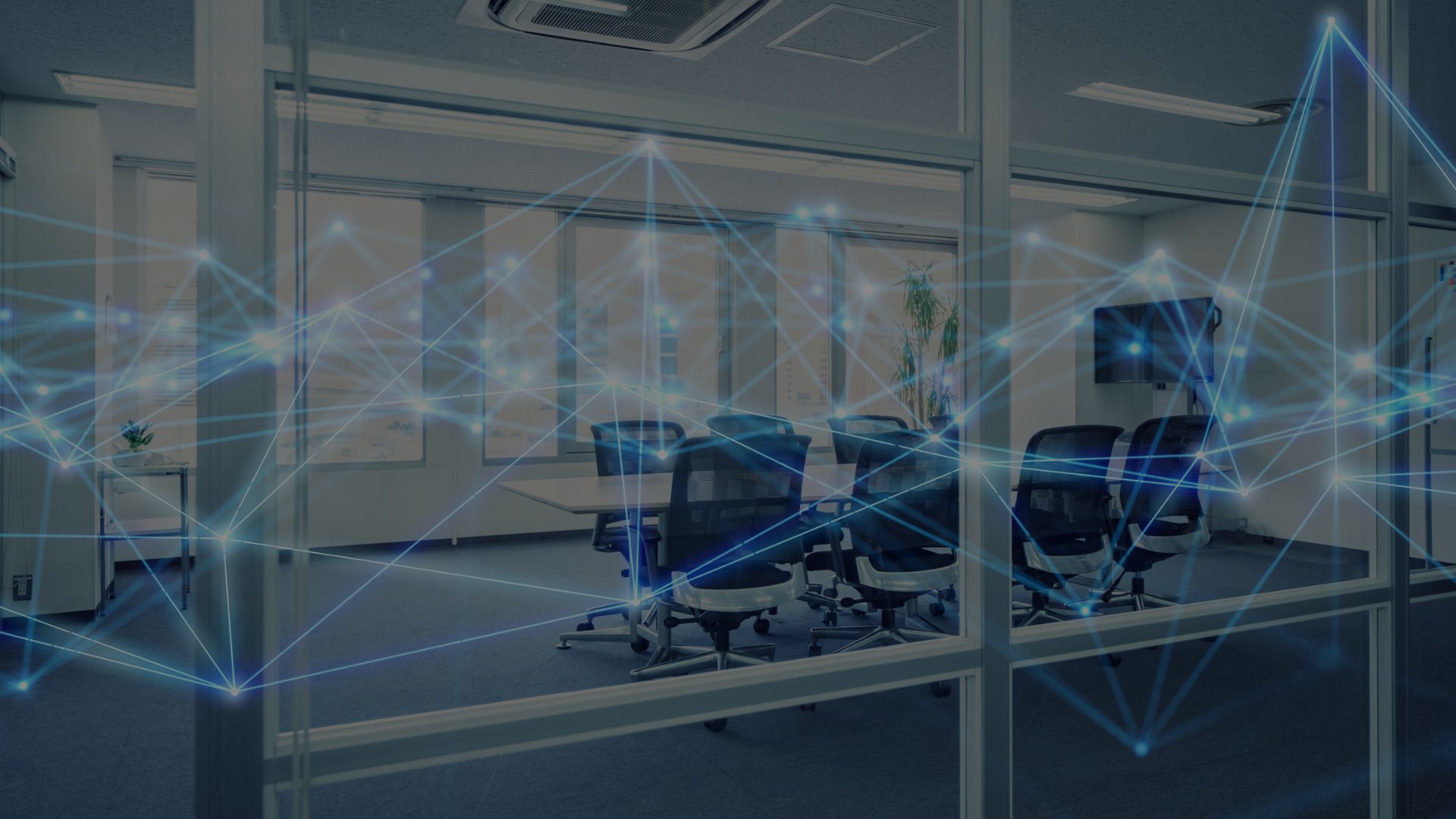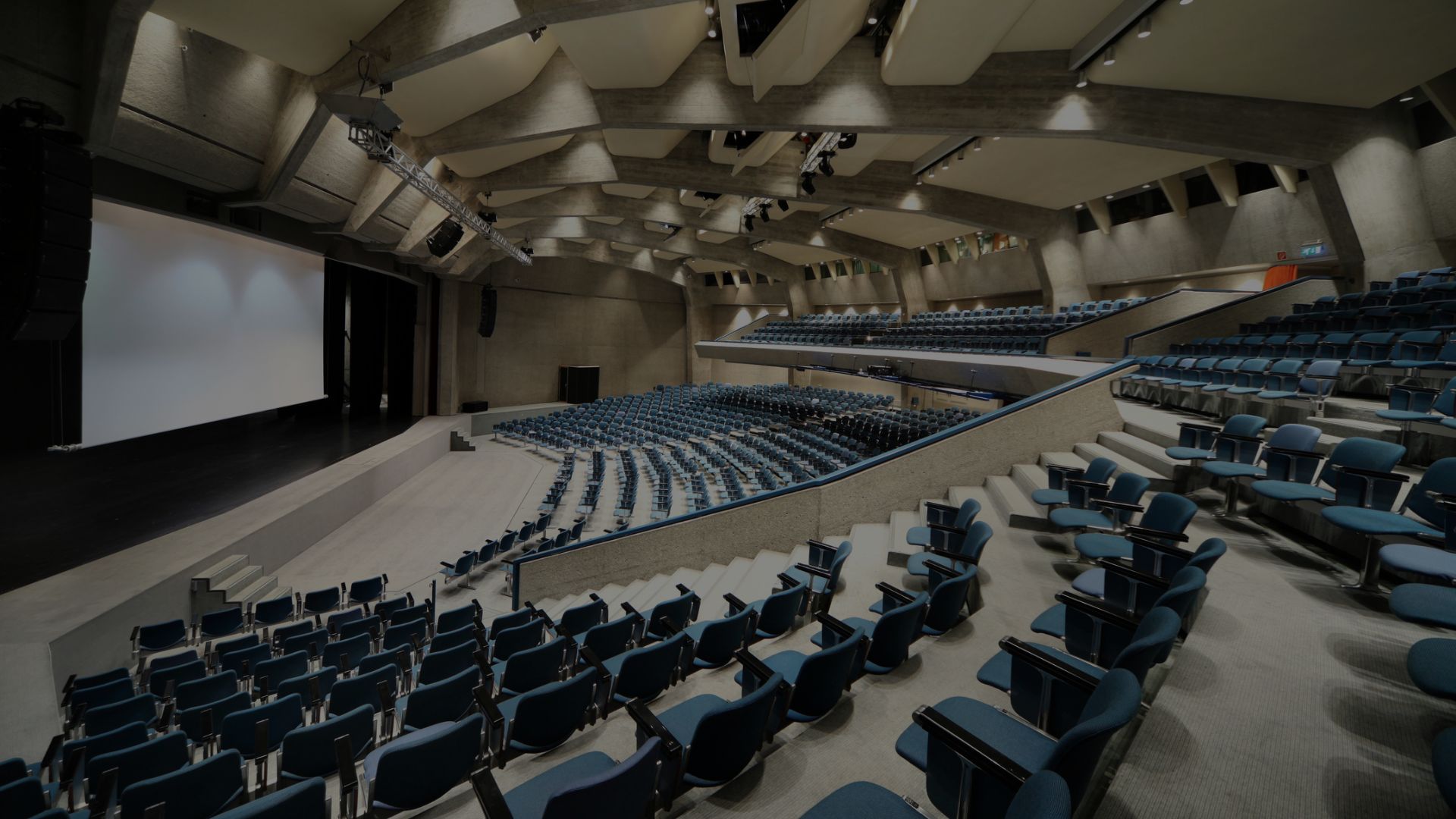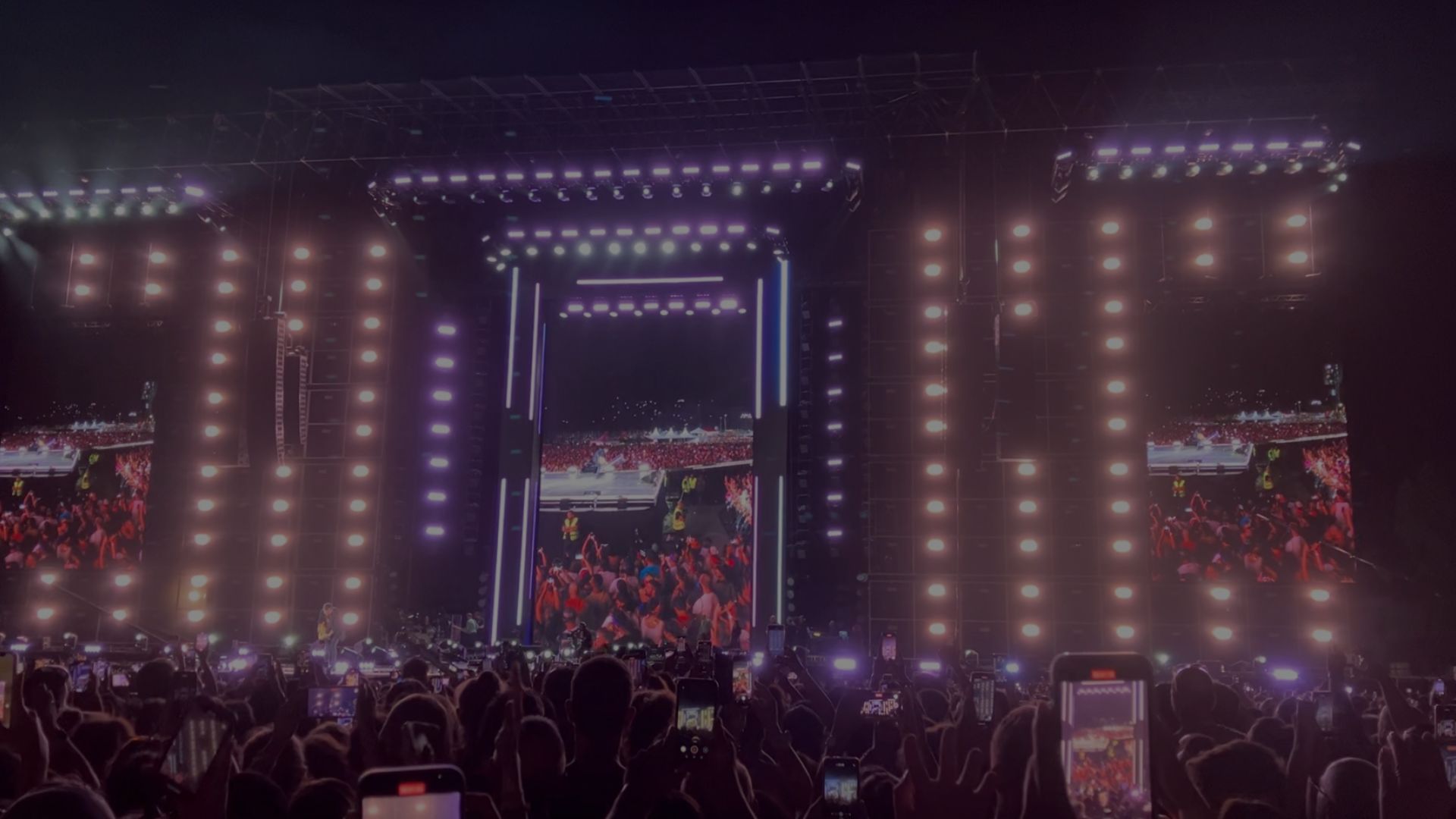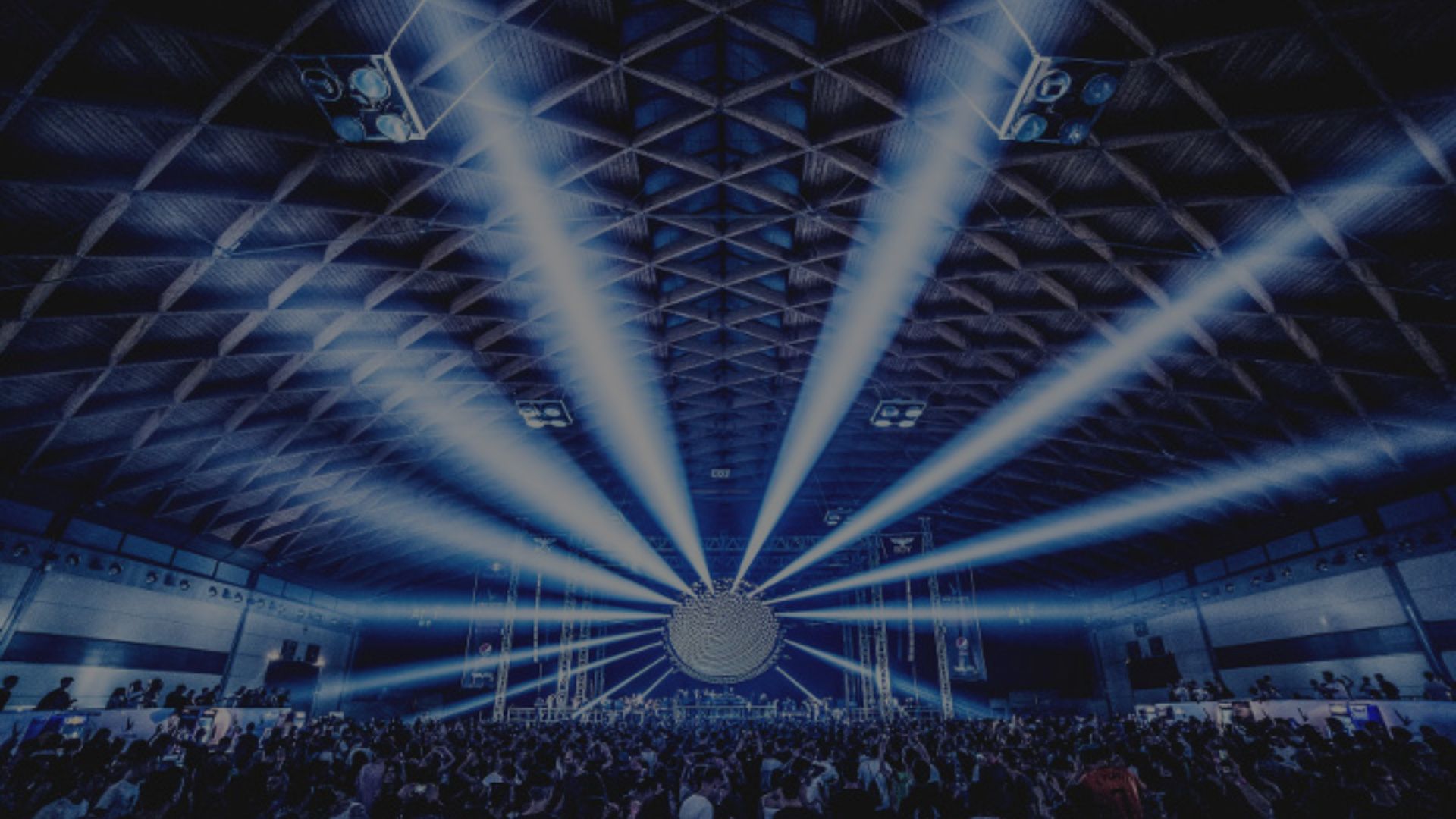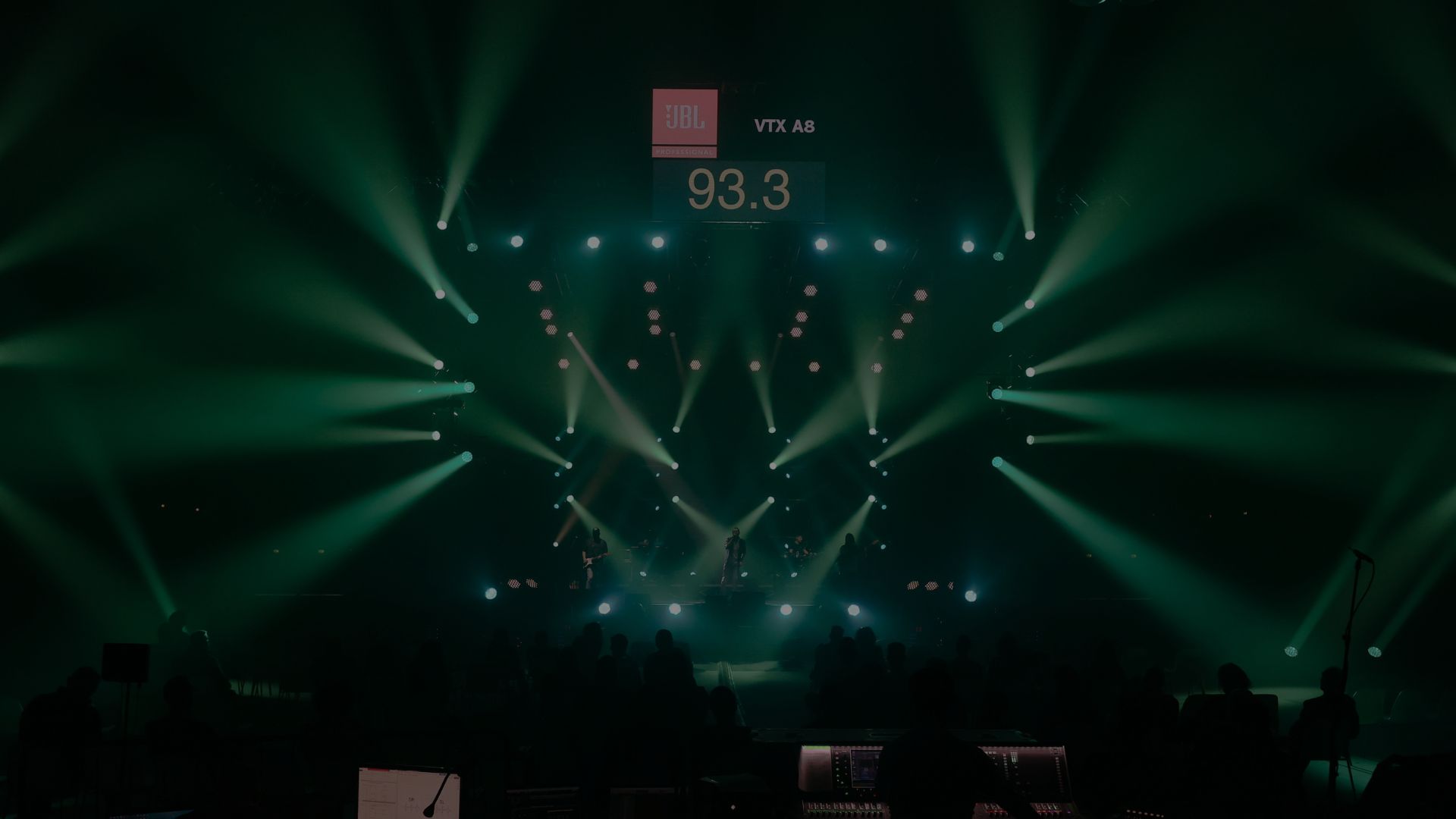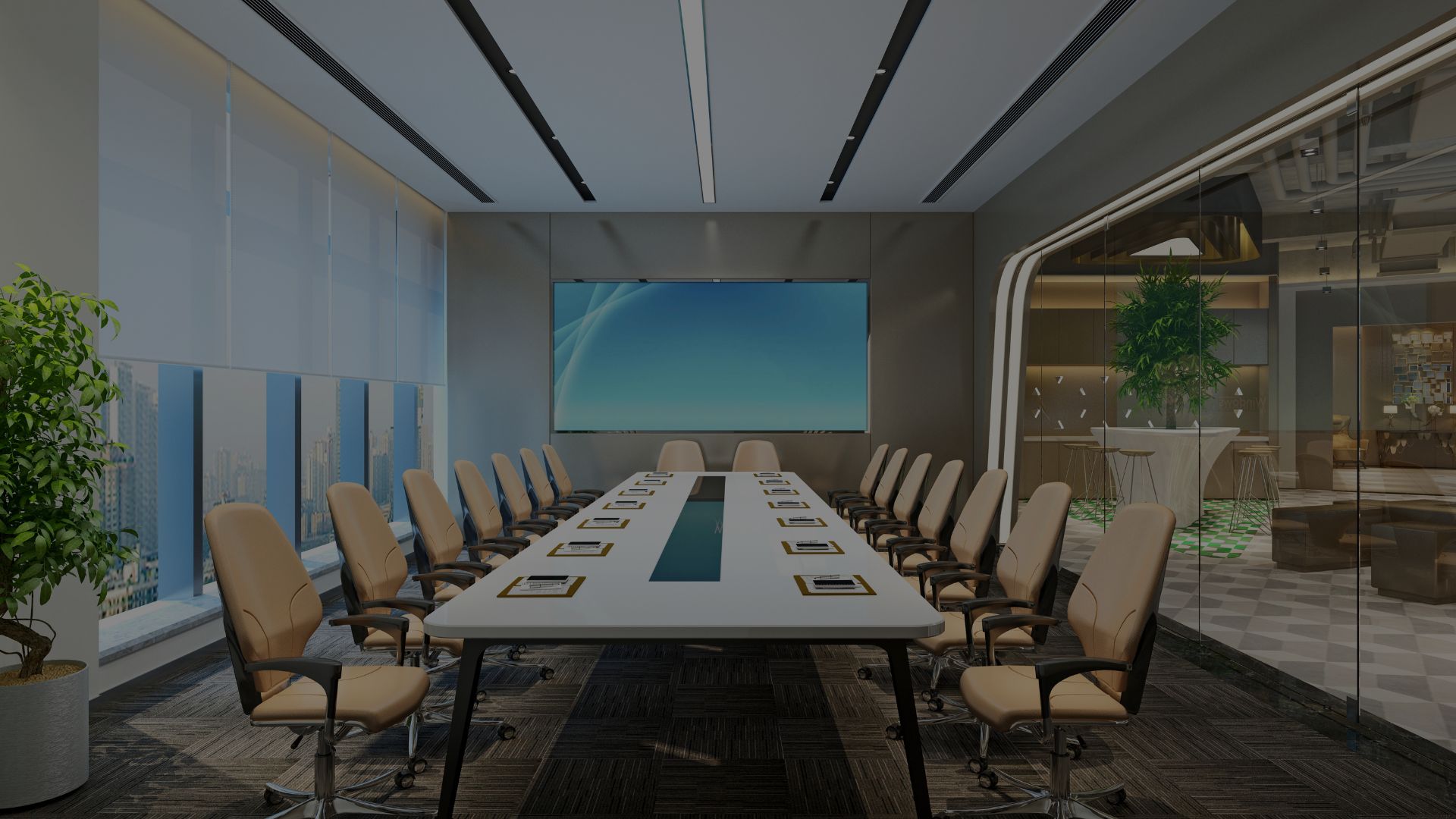The concept of the corporate museum has gained increasing importance within the business world, becoming a valuable resource for companies looking to preserve their history and communicate their values.
More and more companies are moving towards organizing and digitizing their archives, aware of the communication potential of a well-structured and engaging narrative. The focus is shifting to the design of corporate spaces that present the company’s identity and vision through new perspectives and communication methods.
What is a corporate museum?
A corporate museum is a space that collects, preserves, and showcases material related to a company's history. This may include documents, objects, photographs, and other elements that illustrate the company’s development over time. The archive can be made accessible to both internal and external audiences, becoming an effective tool for sharing company culture and mission.
What is it for, and what are the benefits?
Creating a corporate museum is not just about preserving memories—it’s a strategic investment. These museums serve various purposes, including:
-
Preserving and enhancing the company’s historical and cultural heritage
-
Educating and informing visitors about the company’s history, values, and products
-
Increasing brand awareness by showcasing the company’s authenticity and legacy—a pure heritage marketing tool that builds a positive reputation
-
Attracting customers and talent: visitors experience the company in a new, immersive way, strengthening trust and employee pride
What technologies should be integrated?
To create an engaging and effective corporate museum, cutting-edge technology must be integrated to transform a traditional display into an interactive, memorable experience. Some examples include:
-
Interactive digital platforms: Online presence through websites, mobile apps, and virtual tours helps reach a broader audience anywhere in the world
-
Virtual Reality (VR) and Augmented Reality (AR): These allow full immersion into the company’s story through interactive environments and objects
-
QR Codes and NFC Tags: Placed next to exhibits, they provide access to related digital content, such as videos, interviews, or historical documents
-
Digital archiving platforms: Secure and scalable systems for long-term preservation and efficient management of photos, documents, and multimedia
-
Audio and video: Used to tell the company’s story through historical footage, founder interviews, or interactive quizzes
4DODO per INAF Trieste: Museo Multimediale della Specola Margherita Hack - Basovizza (TS) - 2022
Examples of successful corporate museums
Many successful corporate museums have been created by companies with rich histories that wanted to preserve and share their culture in a dedicated space:
-
Ferrari Museum (Maranello, Italy): A benchmark in the automotive world, showcasing iconic cars and racing trophies with immersive audiovisual technologies
-
Lindt Chocolate Museum (Zurich, Switzerland): A multi-sensory experience with interactive technologies that bring the brand’s and chocolate’s history to life
-
Microsoft Visitor Center (Redmond, USA): A journey through computing and Microsoft’s evolution, enhanced by VR and digital storytelling

Morio, CC BY-SA 3.0 <https://creativecommons.org/licenses/by-sa/3.0>, via Wikimedia Commons
Investing in a corporate museum is a powerful way to preserve a company’s legacy and strengthen its identity.
Modern technology not only makes the visitor experience more compelling—it projects the company into the future, keeping it relevant in today’s digital landscape.
Many of these technologies will be on display at MIR, April 12–14, 2026.
PUBLICATION
17/01/2024
come fare

